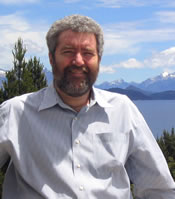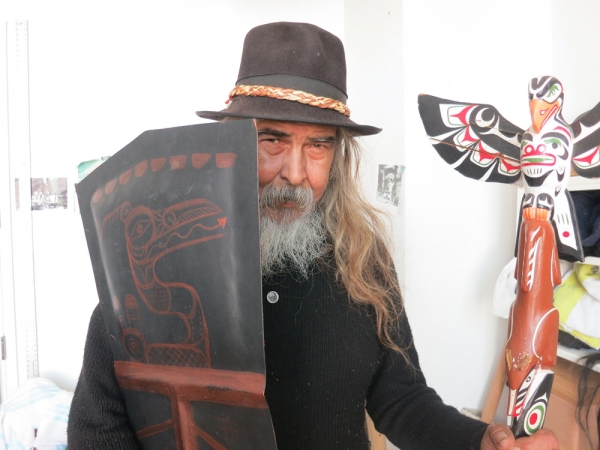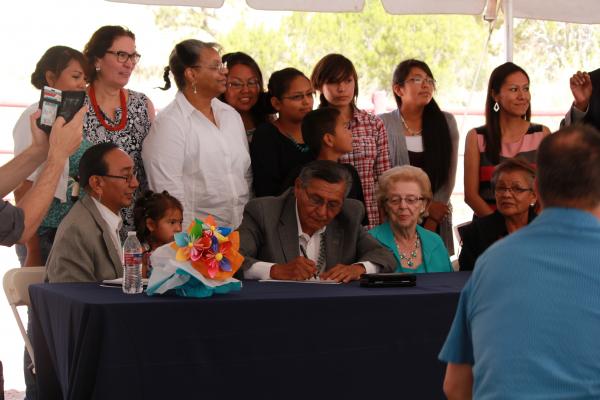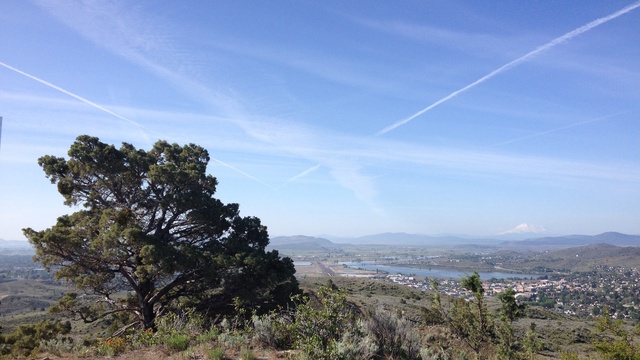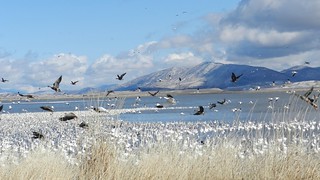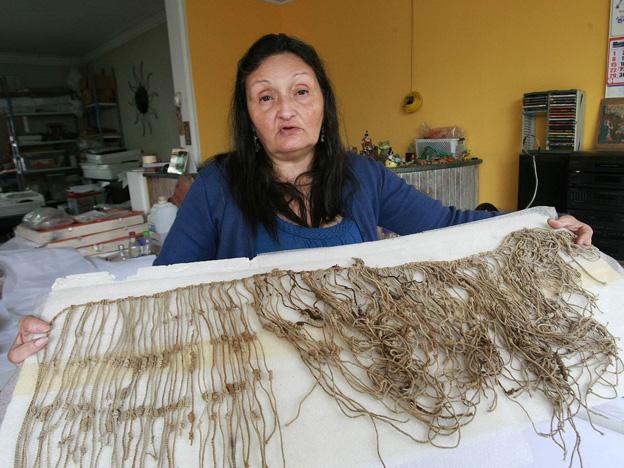WASHINGTON, D.C.
The Federal Energy Regulatory Commission has issued a declaratory order that FERC hydropower licensing under the Federal Power Act pre-empts state regulation under the Coastal Zone Management Act in an instance in which the state of Washington unintentionally waived its CZMA permit authority.
The June 19 ruling blocks a state-imposed stay of construction and allows work to begin on the 600-kW Admiralty Inlet Pilot tidal project (No. 12690) to be installed in Washington’s Puget Sound. FERC issued a hydrokinetic pilot project license to Admiralty Inlet on March 20. FERC and the state of Washington agreed in 2009 to coordinate procedures and schedules for reviewing hydrokinetic energy projects in state waters of Washington.
As a pre-requisite for FERC licensing, a state agency has six months from application in which to issue a shoreline management permit under the Coastal Zone Management Act.
While license applicant Snohomish County Public Utility District No. 1 filed a CZMA application with the Washington Department of Ecology in March 2012, Snohomish and Ecology advised FERC by joint letter in September 2012 that they had agreed to extend the state’s review period. However, the National Oceanic and Atmospheric Administration, which administers the CZMA, found extension of the review period did not comply with federal regulations and, as a result, Ecology waived its CZMA authority.
In May 2014, Ecology issued a shoreline permit for Admiralty Inlet incorporating conditions set by Island County, Wash., under state CZMA regulations including a requirement that project construction be delayed until appeals of the permit are concluded.
“The district argues that this stay would prevent it from implementing the terms of its license, which authorizes immediate construction of the project after the commission grants the necessary pre-construction approvals,” FERC said. “Because Article 410 of the license and biological opinion require that construction can only occur during a work window of July 16 to October 14, the district argues that it could miss this work window and construction could be delayed by one to two years.”
FERC agreed to Snohomish PUD’s request for a declaratory order upholding Federal Power Act pre-emption of state regulation.
“Because Ecology waived its consistency certification under the CZMA, a Shoreline Permit under Washington’s Shoreline Act is no longer required as a matter of federal law,” the commission said. “Therefore, we grant the district’s petition and declare that the FPA pre-empts any supplementary or inconsistent state or local requirements under Washington’s Shoreline Act. The district need not comply with the state-imposed stay provision of condition 23 of its Shoreline Permit. To hold otherwise would be inconsistent with the FPA, because it would allow the state permit to stay a commission hydroelectric license.”
FERC noted that Snohomish has informed Ecology and Island County that it intends to comply voluntarily with all provisions of the shoreline permit except the stay of construction.
“As a general matter, the commission encourages licensees to comply with state and local requirements to the extent that they do not conflict with the commission’s requirements or frustrate the purposes of the FPA,” FERC said. “We recognize, however, that under the Supremacy Clause of the Constitution, federal law pre-empts state and local laws when Congress occupies the field by enacting comprehensive legislation that leaves no room for supplemental state or local regulation.”
“This is significant for licensees who attempt to implement license obligations but are barred or delayed by state and local regulatory authorities with standards that conflict with the license,” said Mike Swiger of law firm Van Ness Feldman, which represented Snohomish.
Subsea cable operator challenge pending
FERC said it would address in a subsequent order a challenge by Pacific Crossing, owner of PC-1, a subsea telecommunications cable linking the United States and Japan, to the licensing of Admiralty Inlet.
Pacific Crossing unit PC Landing Corp. previously requested rehearing of the licensing order, saying the project would pose a risk to its nearby fiber-optic cable in Washington’s Puget Sound.
FERC also denied a requested stay but said it would address a rehearing request by the Tulalip Tribes of Washington who contend the project would affect access to its fishing grounds.



